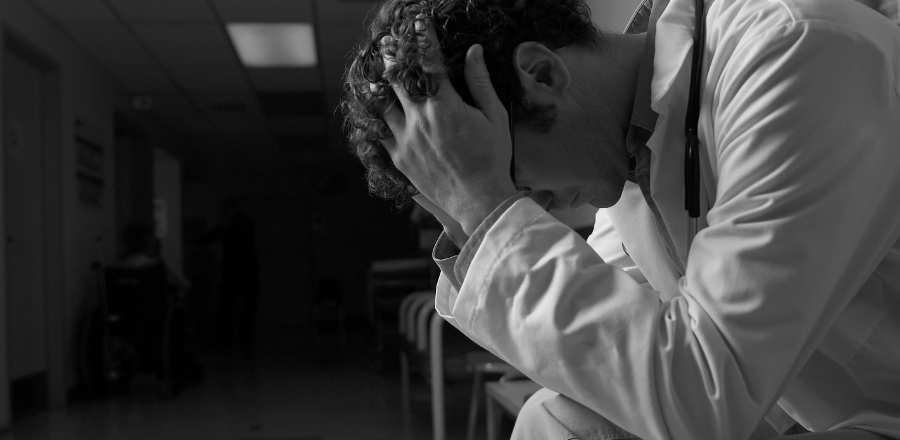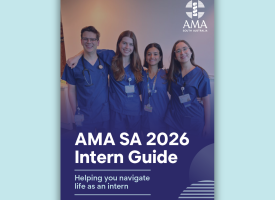Alarming - but not surprising - rise of burnout in Doctors in Training
State AMA surveys in Queensland and New South Wales reveal the risks of working young doctors to the bone.

State AMA surveys in Queensland and New South Wales reveal the risks of working young doctors to the bone.
If you keep extending an elastic band, it is sure to break. Our young doctors are constantly being extended and they are breaking. The current crisis has been fuelled by the pandemic, but trainee doctors have traditionally worked long difficult shifts that most ‘punters’ would not be able to cope with. Why should we expect young doctors to be any different?
All the states except for Tasmania and the two territories, run either regular or annual ‘Resident Hospital Health Checks’, a survey of doctors-in-training which looks at working conditions in hospitals across the states. Survey results just in from Queensland and NSW show the immense pressure is getting worse for these young people.
In Queensland the survey, which is run in partnership with the Australian Salaried Medical Officers' Federation Queensland revealed that three years into the pandemic, Queensland’s junior doctors are increasingly concerned overwork and fatigue may lead to them making mistakes.
It found almost 60 per cent were concerned about making a clinical error due to fatigue caused by hours worked, up from 51 per cent last year and 48 per cent in 2020.
A total of 719 junior doctors responded to the survey which contained new questions about the quality of formal and bedside teaching and training, and whether hospitals are doing enough for staff mental health and wellbeing.
Only 38 per cent of respondents were satisfied with their formal training, and just one in four with their bedside training, while only 39 per cent thought their hospital was looking after their mental health and wellbeing adequately.
In NSW, the survey results returned a similarly bleak picture. This year, 1766 young doctors responded, with a significant jump in the number who reported working more than five hours of unrostered overtime —– 72 per cent% up from 60 per cent in 2021.
A further 53 per cent of respondents rated their inpatient workload as ‘heavy’ or ‘very heavy’. Almost half (46 per cent) indicated they had made a fatigue induced error — – an 8-point increase over the previous year’s survey results. This finding corresponded with an increase in the number of respondents who indicated they felt concerned for their personal safety due to fatigue associated with long hours —– 56 per cent in 2022, up from 47 per cent the previous year.
The AMA is advocating strongly for changes to promote increased governance and accountability in hospitals. This requires an increasing focus and responsibility of the psychosocial safety of the healthcare workforce. Mechanisms to achieve this include:
-
Increase hospital and health service boards and senior management responsibilities.
-
Strengthen occupational health and safety regulation in each jurisdiction.
-
Strengthen the National Safety and Quality Health Service (NSQHS) Standards.



